Alfredo Häberli and BMW unite to imagine a car of the future
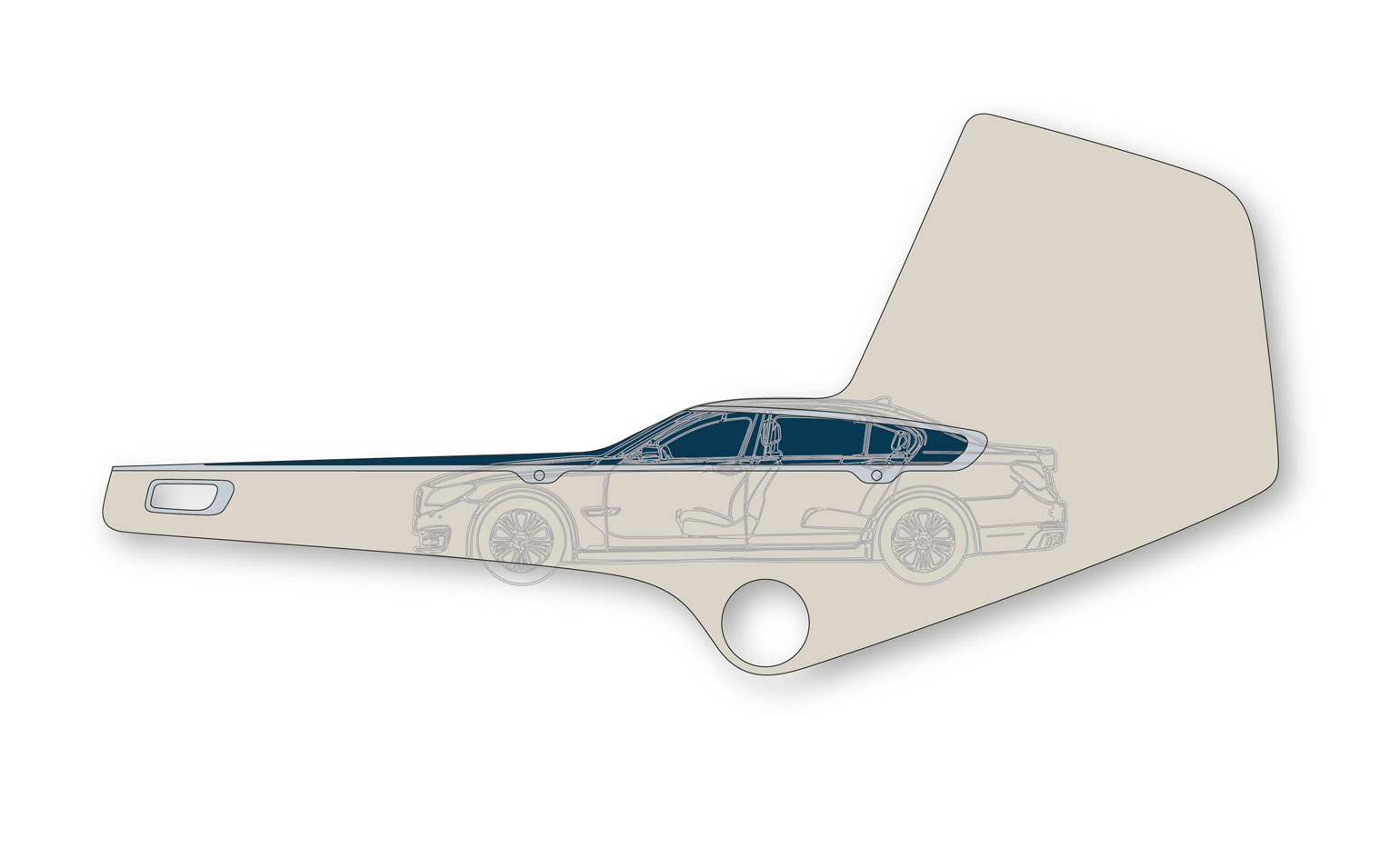
BMW is strengthening its commitment to design through a new collaboration with Swiss Argentine designer Alfredo Häberli that is set to be unveiled in Milan during the Salone del Mobile this coming April.
The project is the sixth in a series of design collaborations initiated by the marque, the most recent being Barber Osgerby's installation at the Victoria & Albert Museum that was on show during the 2014 London Design Festival. Other past collaborators include Ronan and Erwan Bouroullec, Scholten & Baijings, Paul Cocksedge and Patricia Urquiola, who teamed with Giulio Ridolfo and Kvadrat on ‘The Dwelling Lab’, a radical interpretation of a BMW 5 Series Gran Turismo that inaugurated the BMW design projects back in 2010.
‘We work with designers from outside automotive design to get different perspectives on different themes,’ explains Martina Starke, head of colour, trim design and material technology at BMW Design, who, alongside the company’s head of design Karim Habib and under Adrian Van Hooydonk's direction, has worked with Häberli to develop the ambitious concept.
As a starting point, the Zurich-based designer was asked to interpret one of BMW's key theme - precision and poetry in motion, to explore ideas of luxury and to think about how humans will move and live in the not-too-distant future. ‘I find that this concept of precision and poetry is also evident in my way of looking at things,’ explains the designer, who opened his studio 23 years ago and whose work is characterised by sinuous lines, a bold use of colour and a sense of irony. ‘I have this preciseness in my study but I also try to create a lot of emotion with just a few lines,’ he explains, ‘so I feel very comfortable with that concept.’
Häberli was inspired by ideas of the future and how our time will be balanced between working and socialising. He also looked at the technological direction that the automotive industry is taking, realising that in the near future self-driving cars will be the norm: ‘If cars will be driven on "automode", we don’t need streets like we need today.’ Instead, he envisions roads identified by abstract lines, inspired by the free form of ski slopes and lakes.
The next step in his self-drive car concept is the cockpit, which the designer set out to reinvent. Acknowledging that thanks to driverless technology, car seats don’t necessarily need to face forward anymore, Häberli restructured the seating plan. Part lounge chair part island, the 'Couch’ is a round, flexible and customisable seating area. ‘I think the car could also be the space where you can sleep, work and have a chat,’ he explains, adding that the volume of a London taxi was one of the starting points for his design.
The final point of Häberli’s research, after having looked at the future, the home and the car interior, is the vehicle itself, which the designer has dubbed ‘the Vessel’. A true hybrid, it is impossible to say exactly what it is, but rather easy to list the things it is not: ‘It’s not a boat, it’s not a car and it’s not a plane,’ the designer says enigmatically. Rather the aerodynamic shape of the resulting monowheel design, with its elongated bonnet and tall tail fin, takes its design cues from a variety of sources: a BMW limousine, the flying cars featured in the movie The Fifth Element, racing cars from the past and present, flying objects, motorbikes and hyper-performance sailboats.
In Milan, a striking 10-metre long skeleton of the Vessel will be on show at the Area Sciesa Tre exhibition space alongside a smaller model that will provide more detail on the exterior and one-wheel system. The Couch will also be available for people to experience, hinting at what it might be like to sit and lounge inside. A later publication will go deep into the story and inspirations behind the project, while the exhibition will provide it all at a glance, showcasing the designer’s brainstorming process with sculptures, drawings and parts from BMW cars that summarise the 'Poetry in Motion' concept.
Häberli’s wider look at the transport of the future proposes an entirely new way of approaching the category, providing food for thought for both design and car enthusiasts. His lucid analysis encompasses all aspects of life and design; a perfect amalgamation of both the precision and poetry elements from the brief.
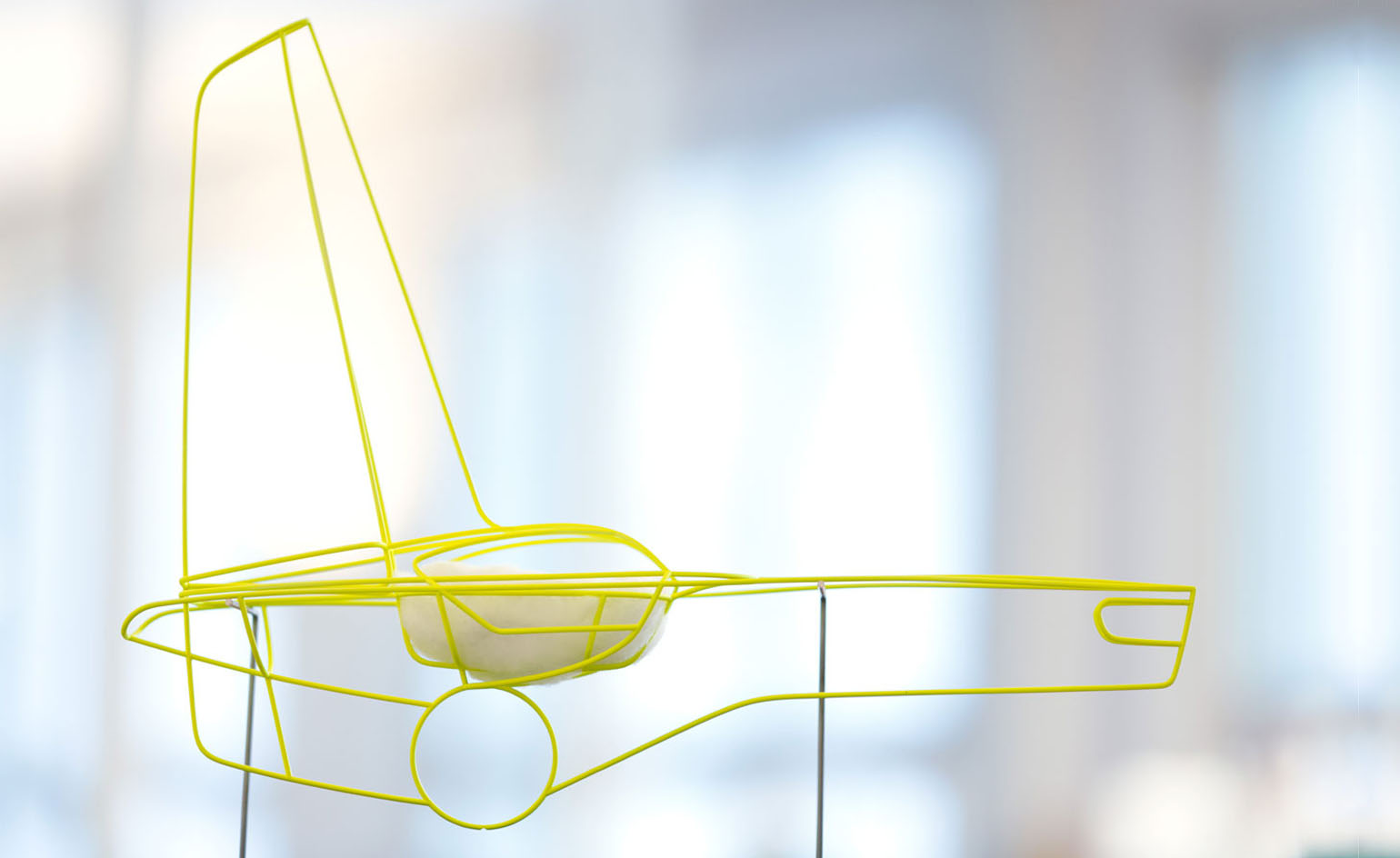
Sixth in a series of design collaborations initiated by the marque, the project has resulted in a monowheel design with an elongated bonnet and tall tail fin
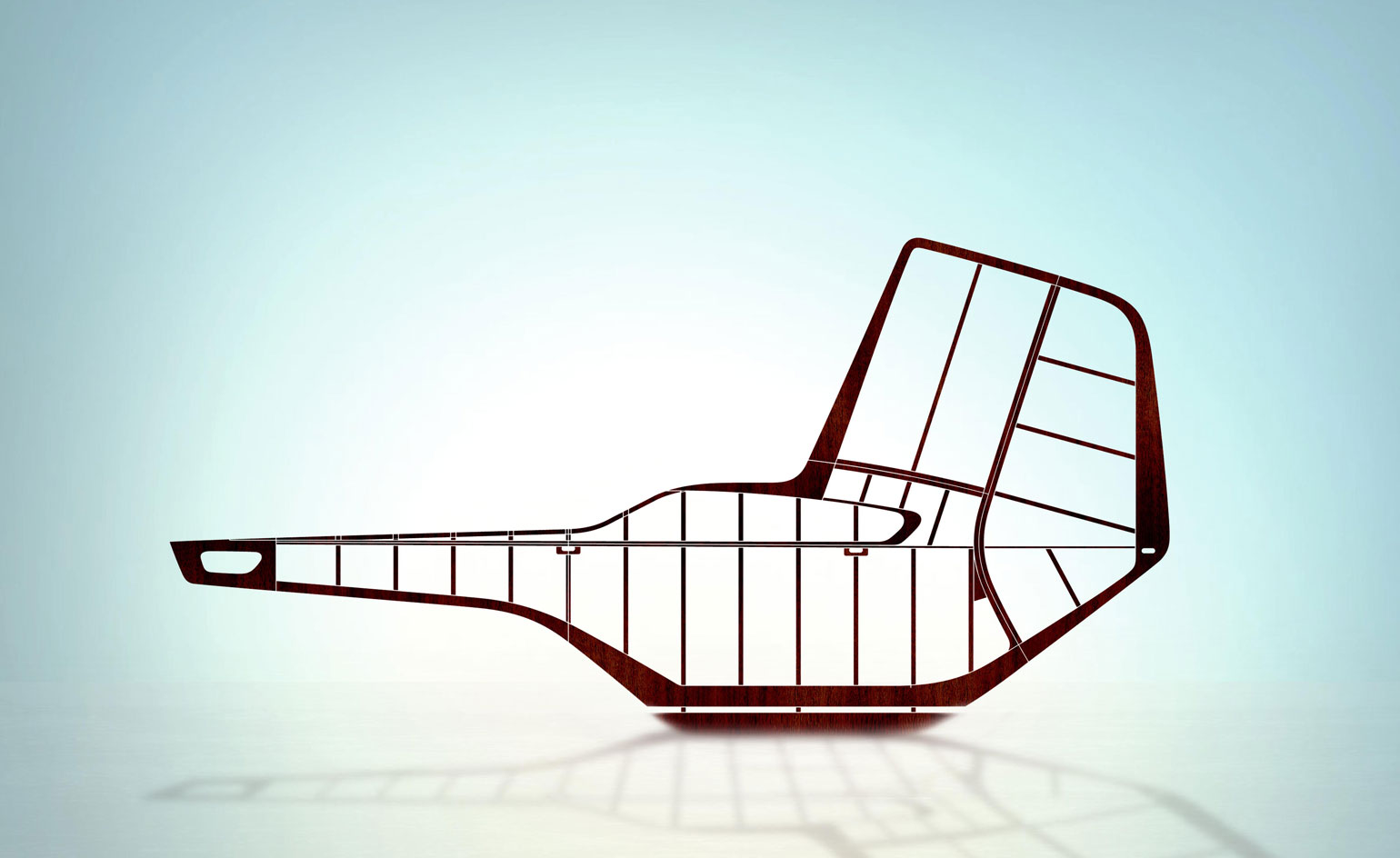
As a starting point, the Zurich-based designer was asked to interpret one of BMW's key themes - precision and poetry in motion - and to think about how humans will move and live in a not-too-distant future
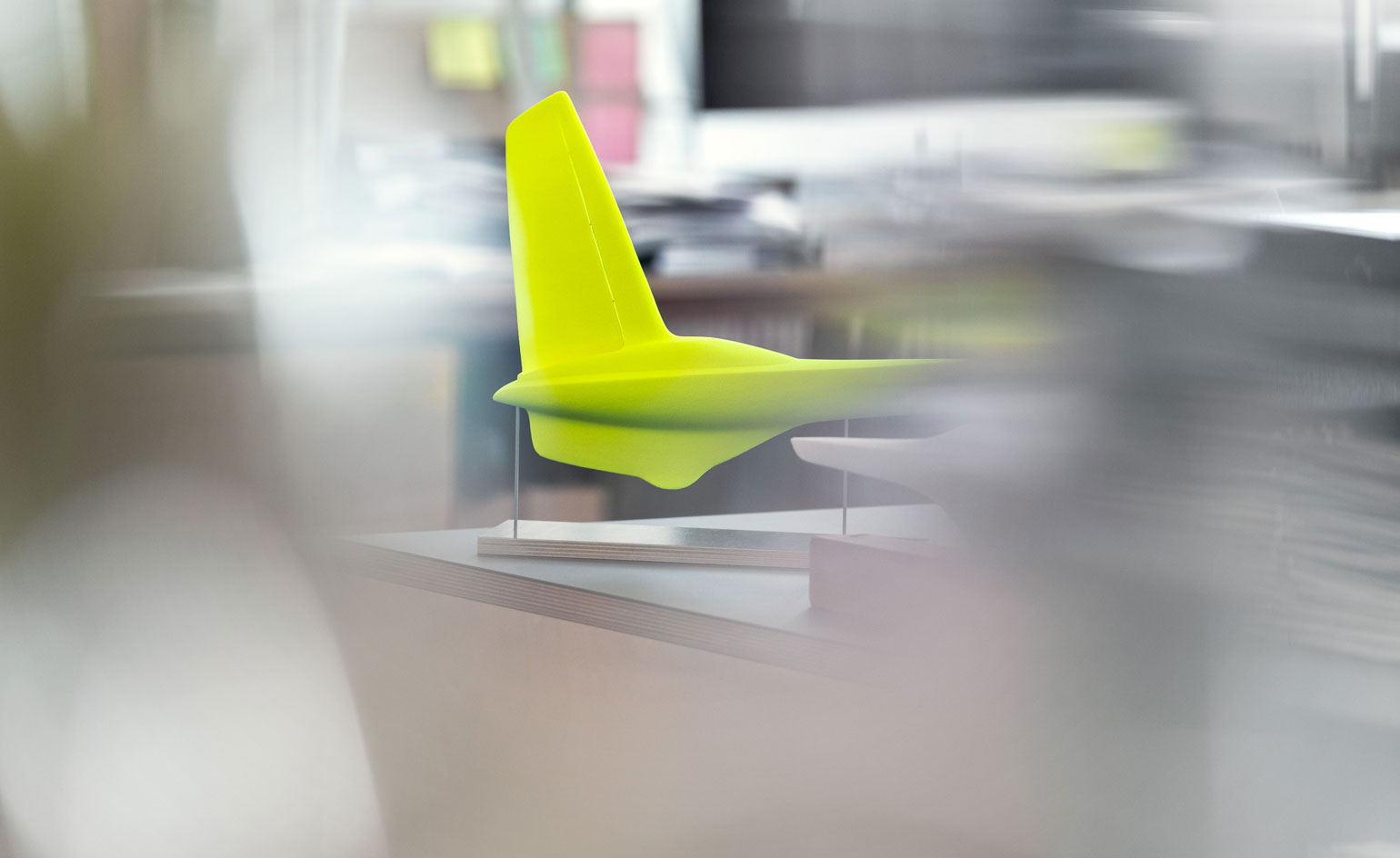
Called the 'Vessel', the car takes its design cues from multiple sources including the flying cars featured in the movie The Fifth Element
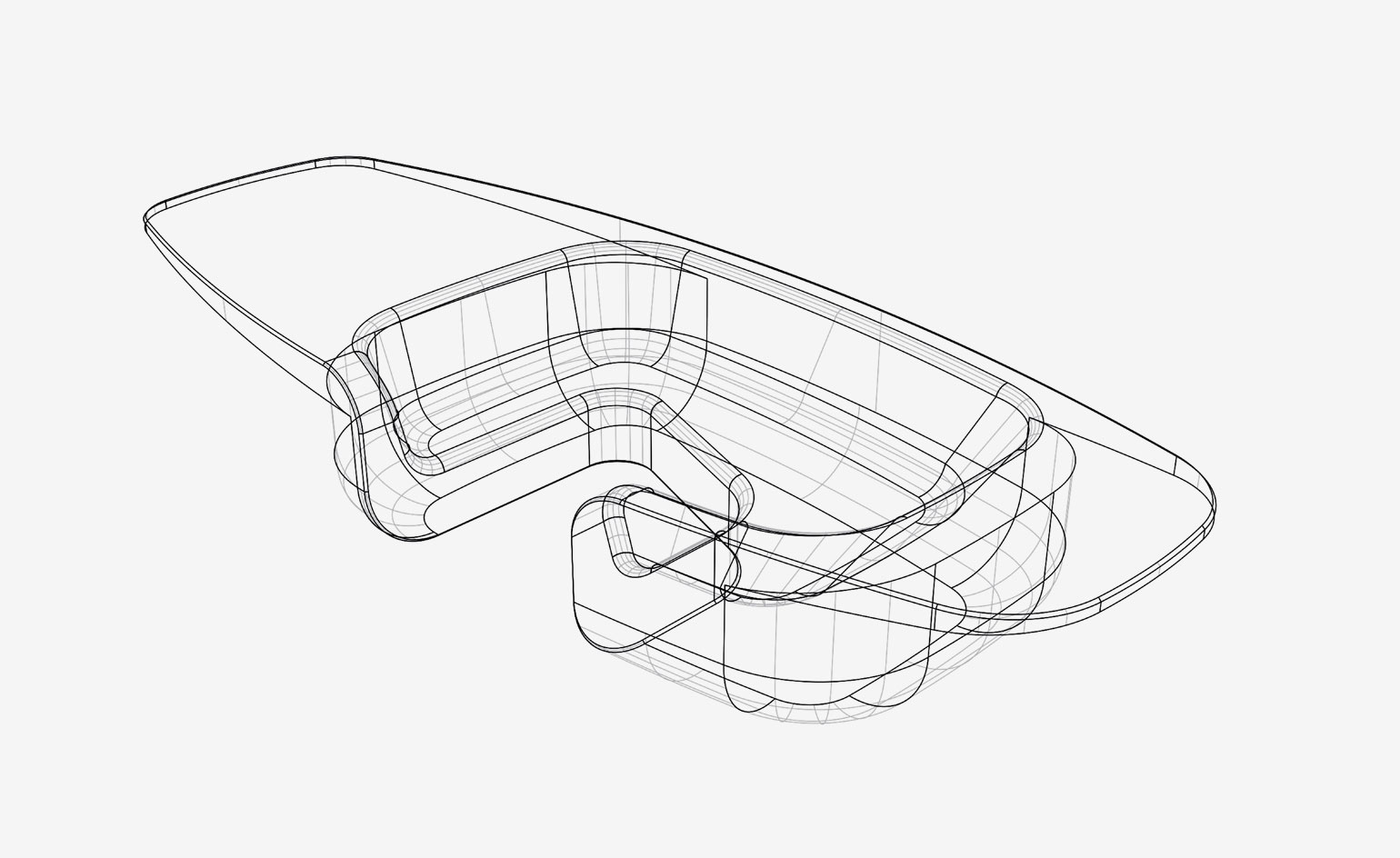
The cockpit of the new vehicle is designed as a round, flexible and customisable seating area that can be used for working, sleeping and socialising
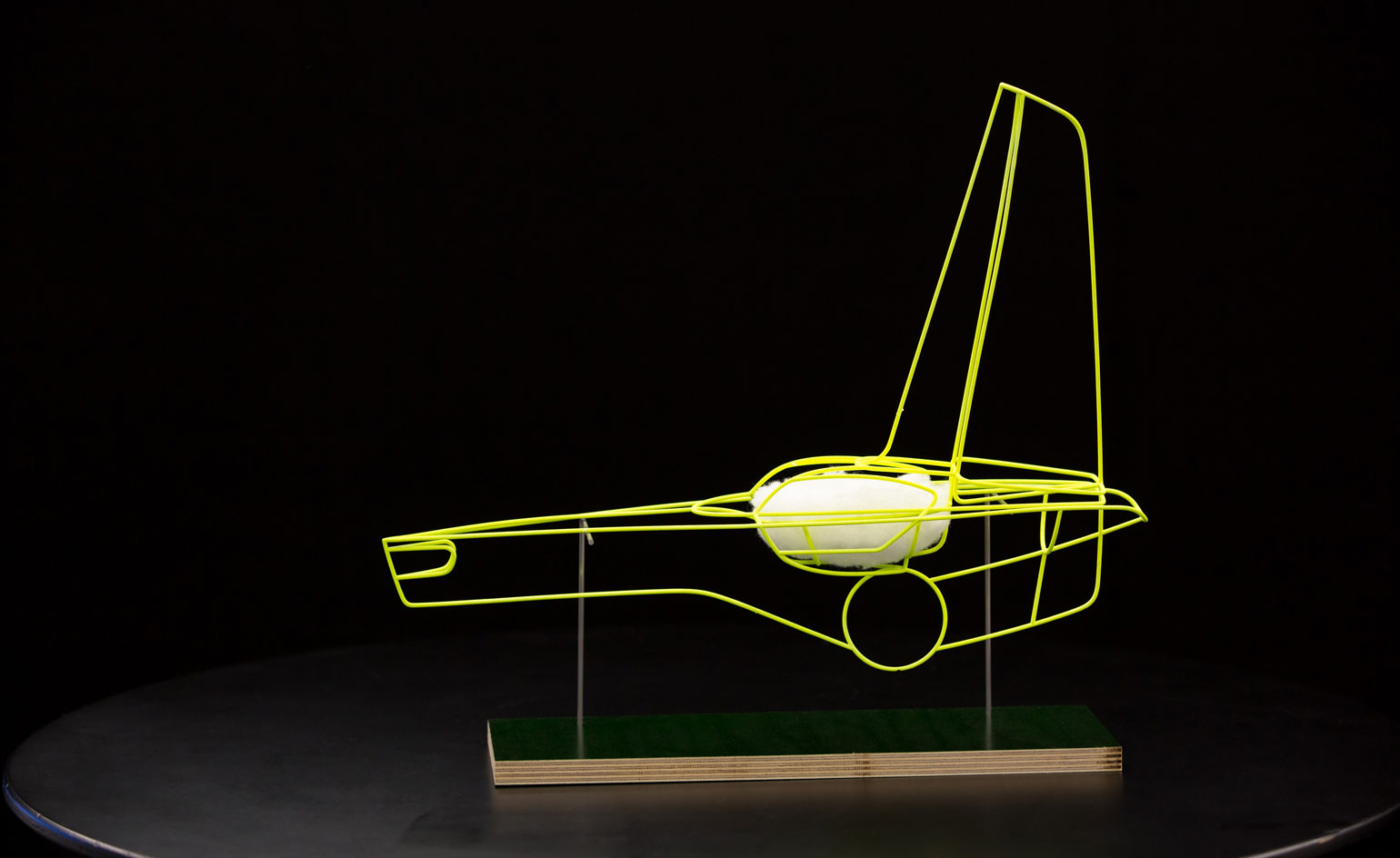
Called the 'Couch', the cockpit design follows the principle that, thanks to driverless technology, car seats don’t necessarily need to face forward anymore
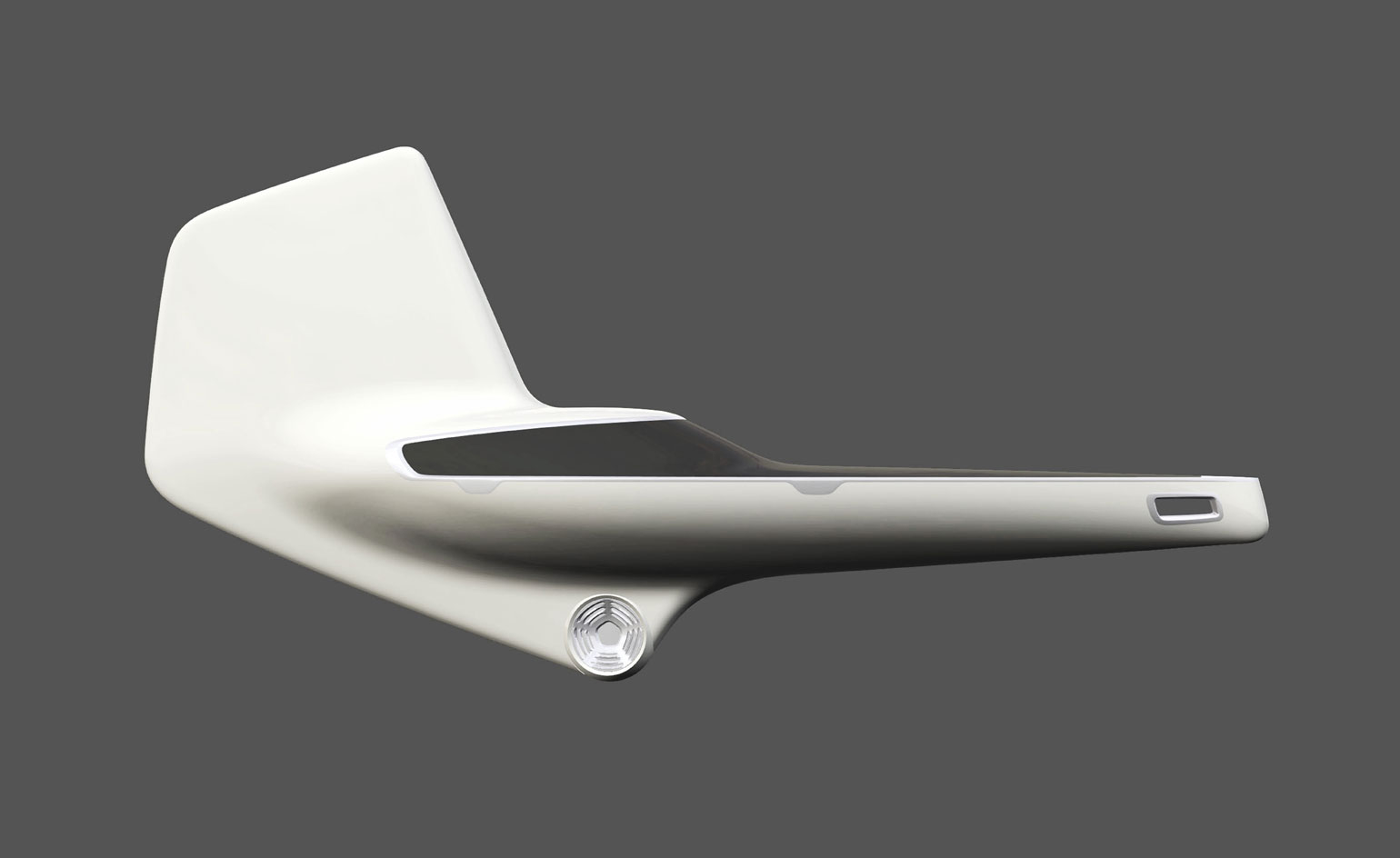
In Milan, a 10-metre long skeleton of the Vessel will be on show at the Area Sciesa Tre exhibition space alongside a smaller model that will provide more detail on the exterior and one-wheel system

Sketches, illustrations and maquettes that document Häberli's design process will be showcased alongside the models

A prototype of the Couch will also be available for people to experience at the Milan exhibition, hinting at what it might be like to sit and lounge inside the Vessel
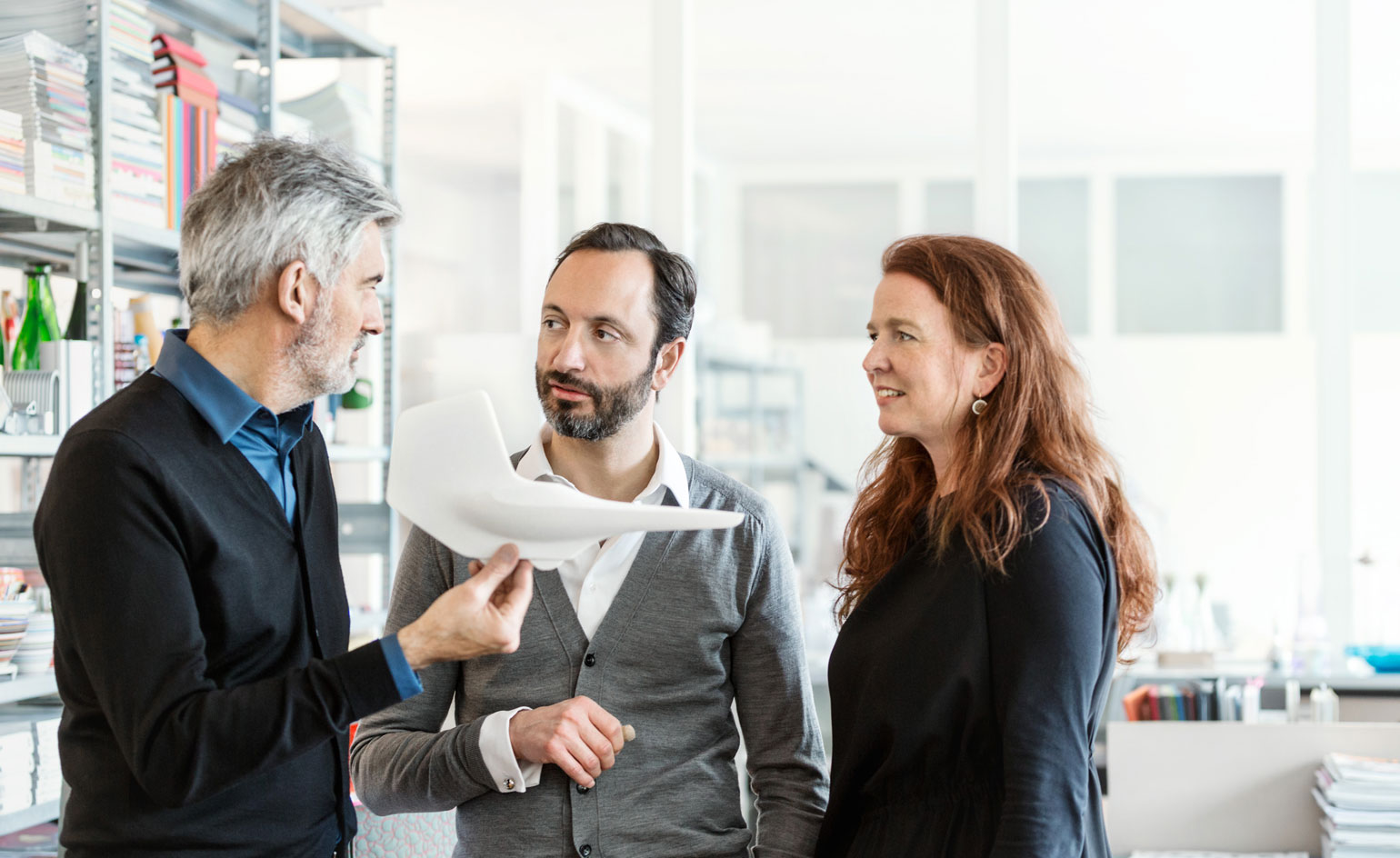
To bring his vision to life, Häberli (pictured on the left) worked with Martina Starke, head of colour, trim design and material technology design (right) and Karim Habib, head of design at BMW (centre)

‘We work with designers from outside automotive design to get different perspectives on different themes,’ explains Martina Starke, head of colour, trim design and material technology at BMW Design
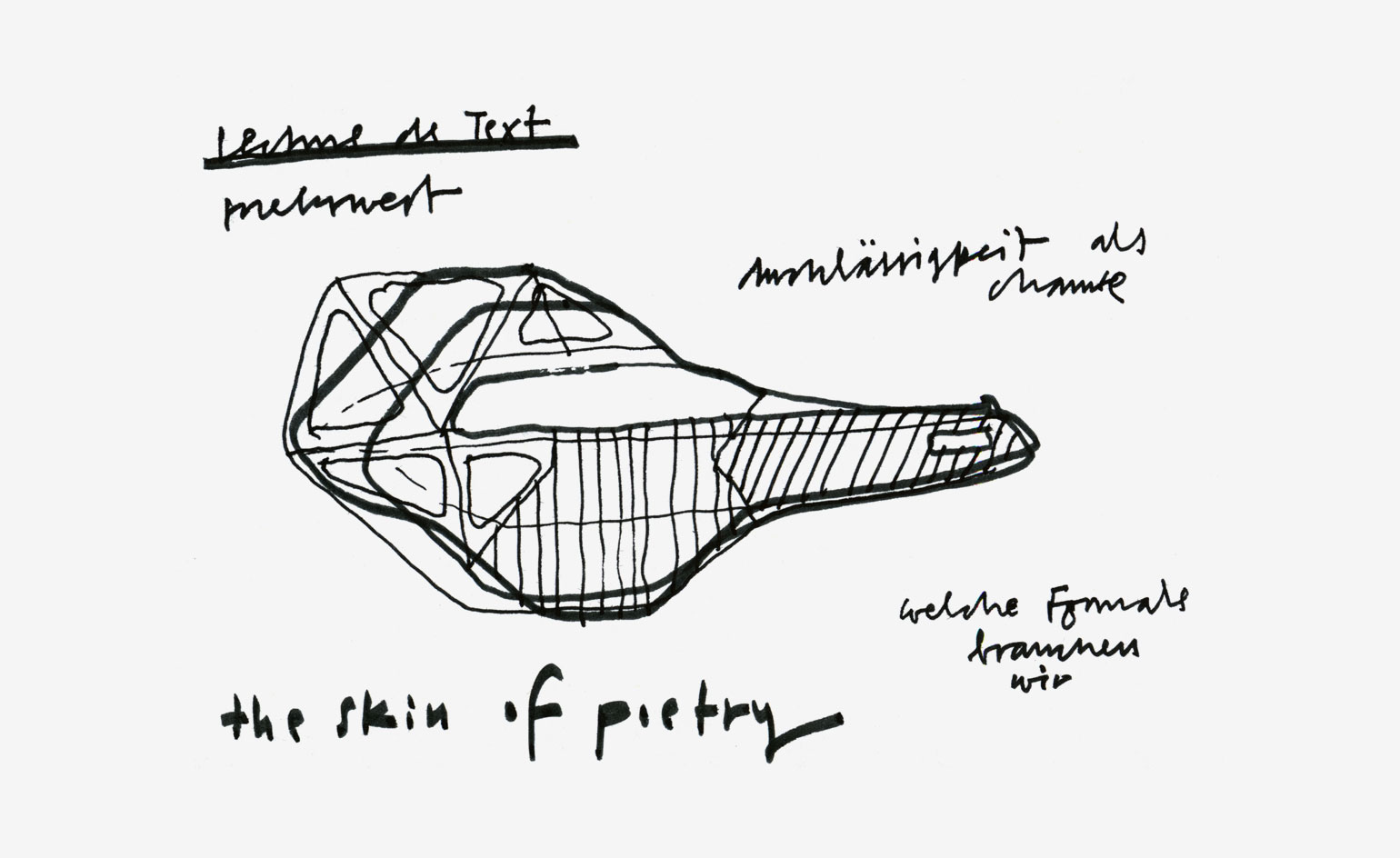
As a starting point, the Zurich-based designer was asked to interpret one of BMW's key themes - precision and poetry in motion
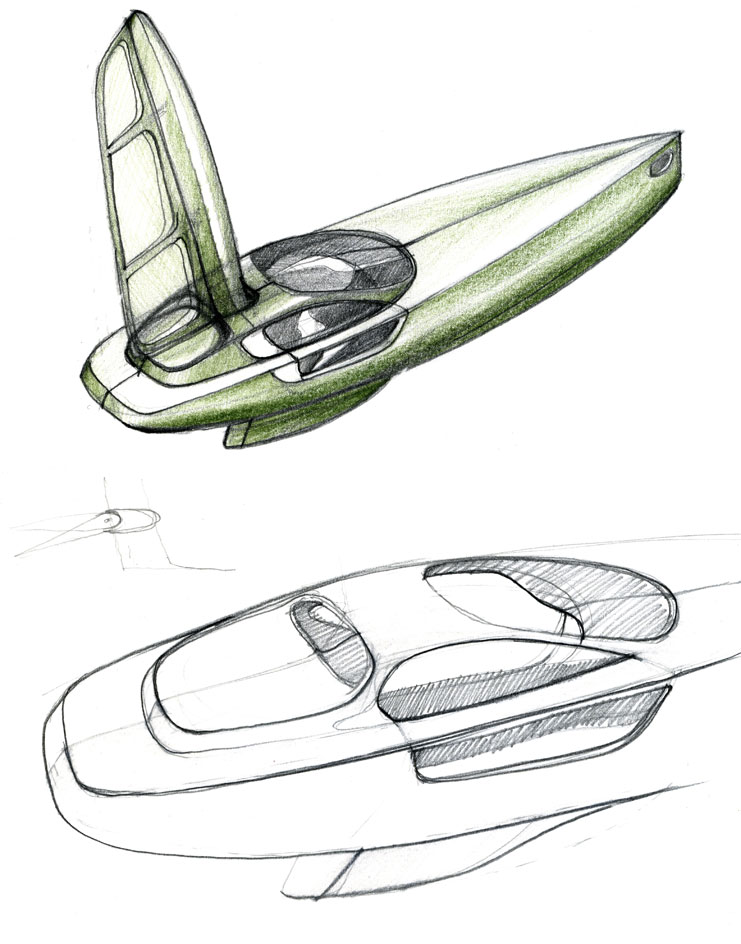
The Vessel takes its design cues from aviation, automotive and maritime design

‘It’s not a boat, it’s not a car and it’s not a plane,’ the designer (pictured centre) says enigmatically of his vehicle concept

The Vessel's enlongated volume is loosely based on a BMW 7 Series limousine
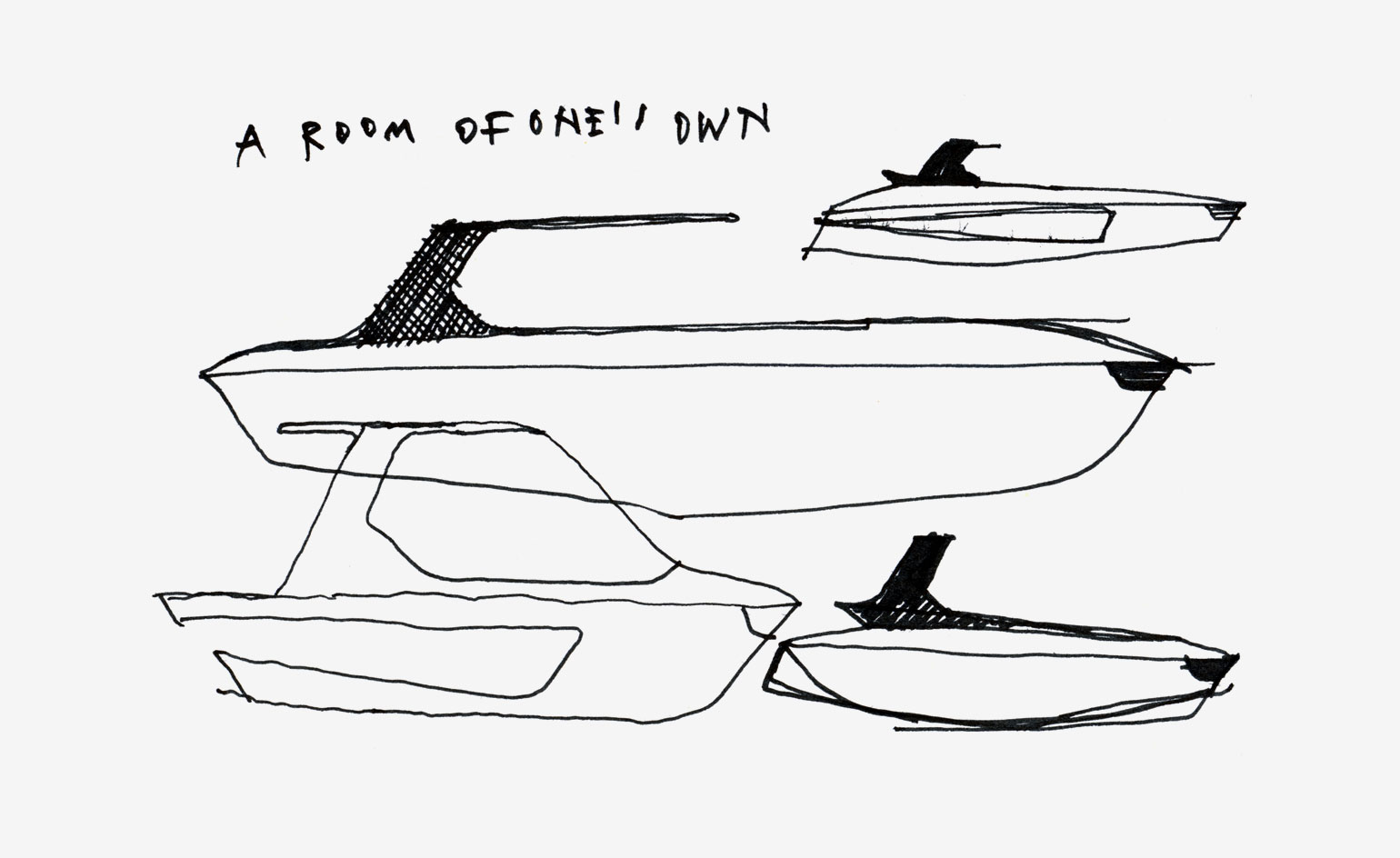
The designer's aerodynamic studies formed part of his initial research

An early model shows how the Vessel was originally conceived with two wheels
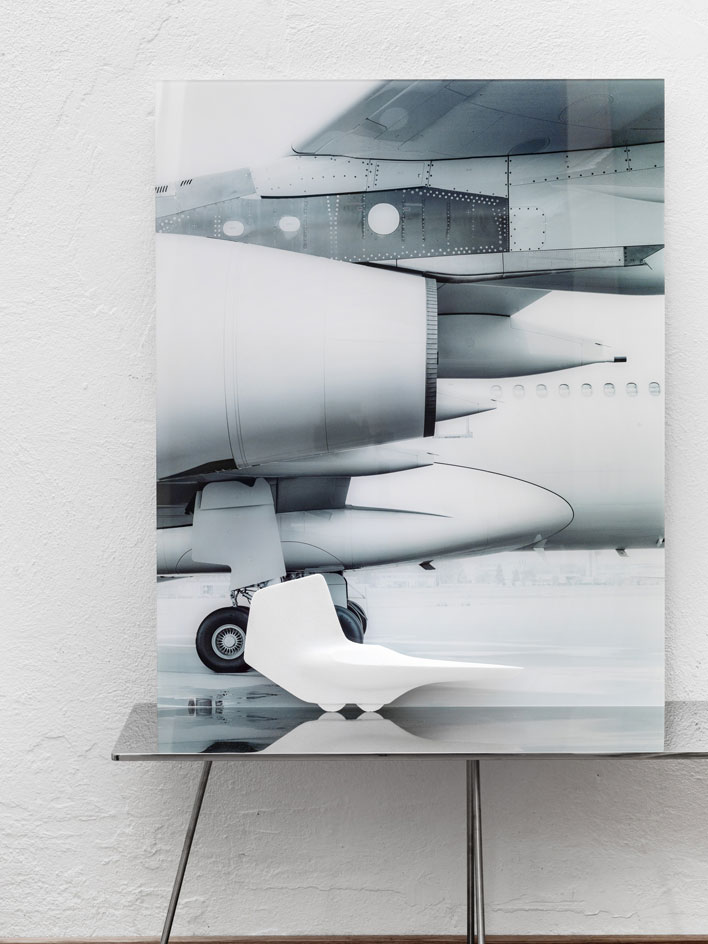
While playing with his early model, Häberli juxtaposed it with a detail shot of an airplane (one of his initial inspirations) and placed it on an imaginary mirrored 'road' - Häberli envisions a future where streets will not be fixed but identified by abstract lines, inspired by the free form of ski slopes and lakes
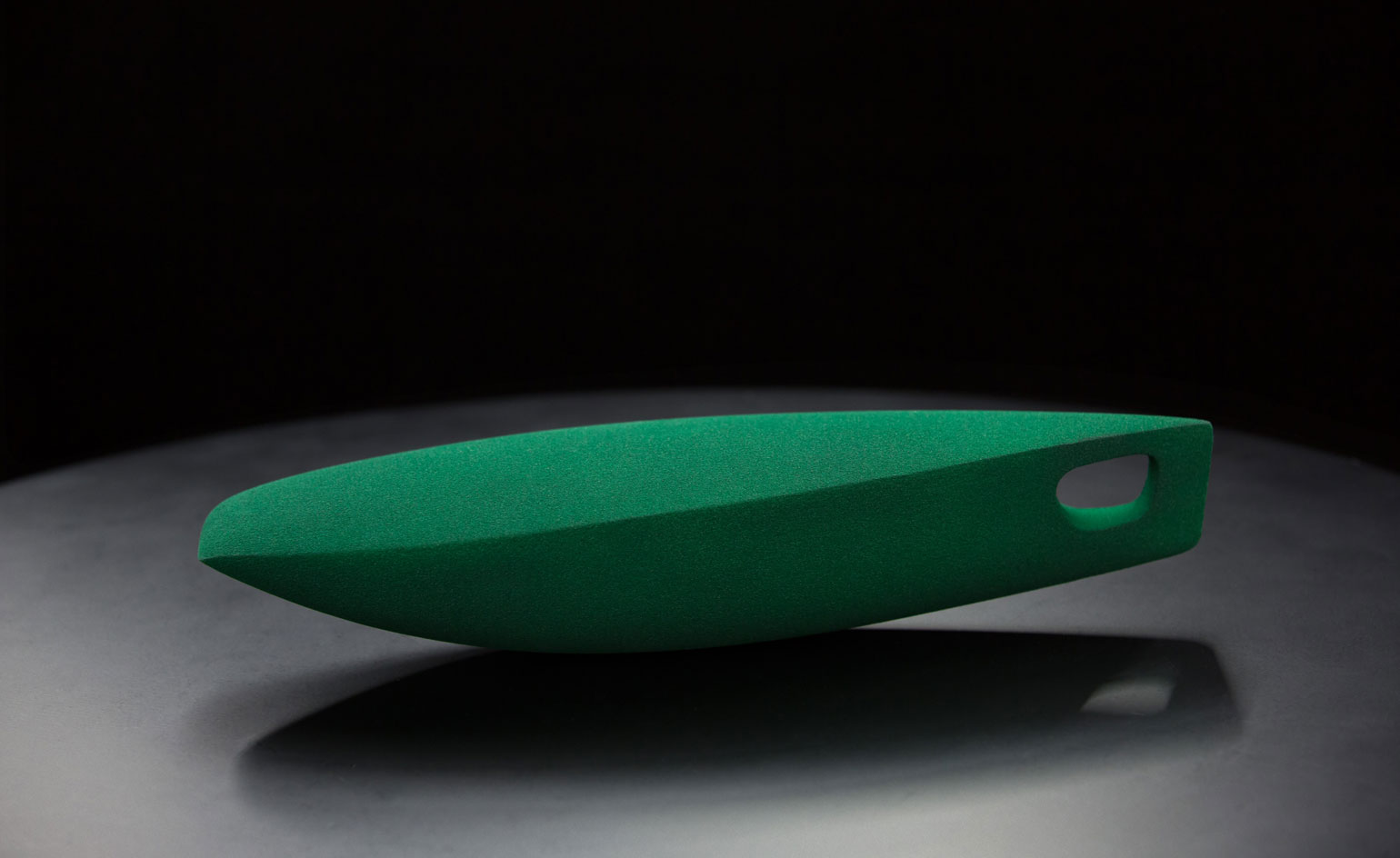
An early model of the vehicle's volume recalls the hull of a boat

Racing car designs from the past and present informed the shape of the Vessel's skeleton
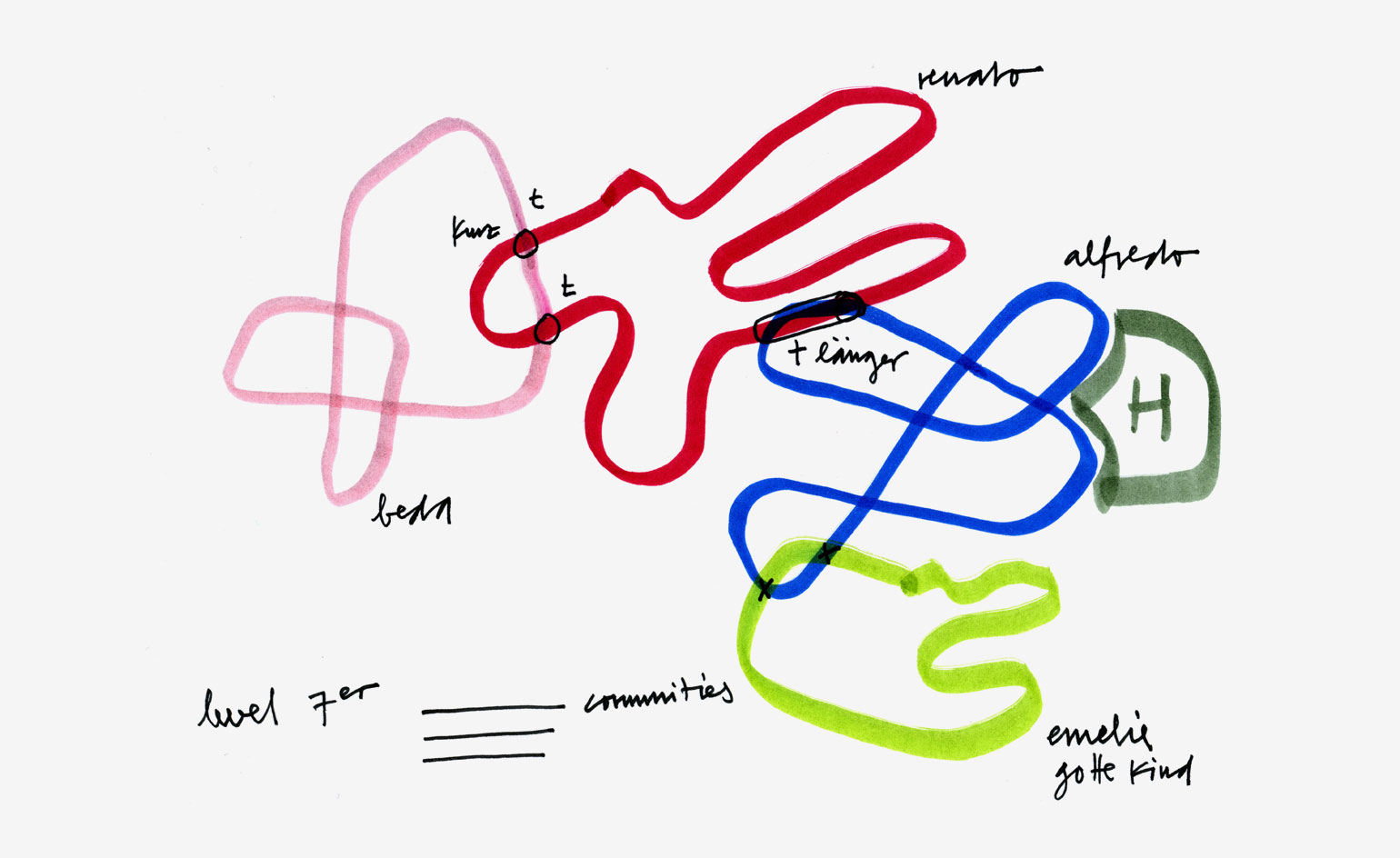
Häberli imagined how our time in the future will be balanced between working and socialising, and questioned what will define luxury

The volume of a London taxi was one of the starting points for his design

An early sketch of the Couch. Housed in the car's cockpit, the Couch is part lounge chair part island and can be used for socialising, working and sleeping
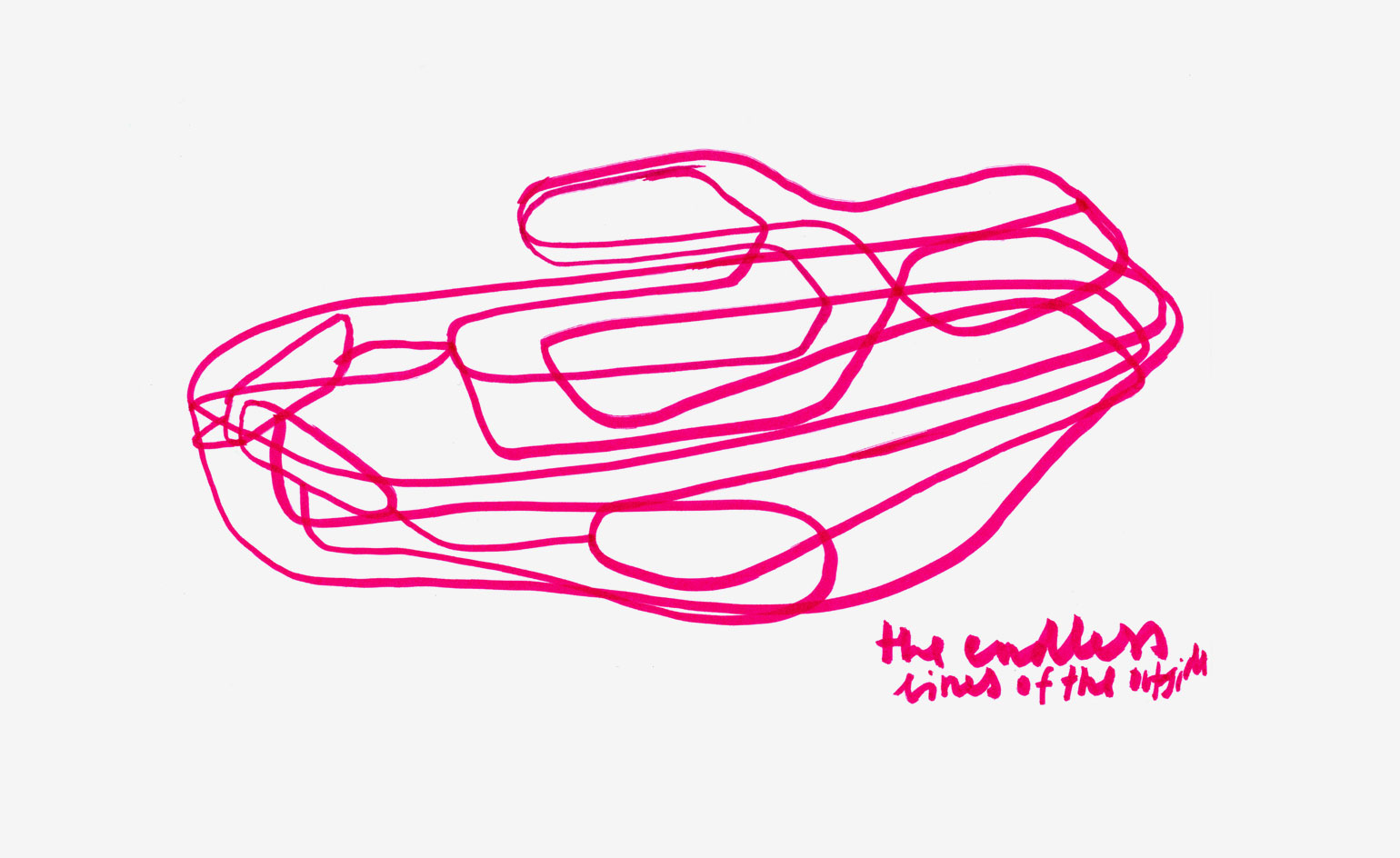
A lot of Häberli's brainstorming work was based on free lines from which he formed his ideas for the Vessel and for the Couch
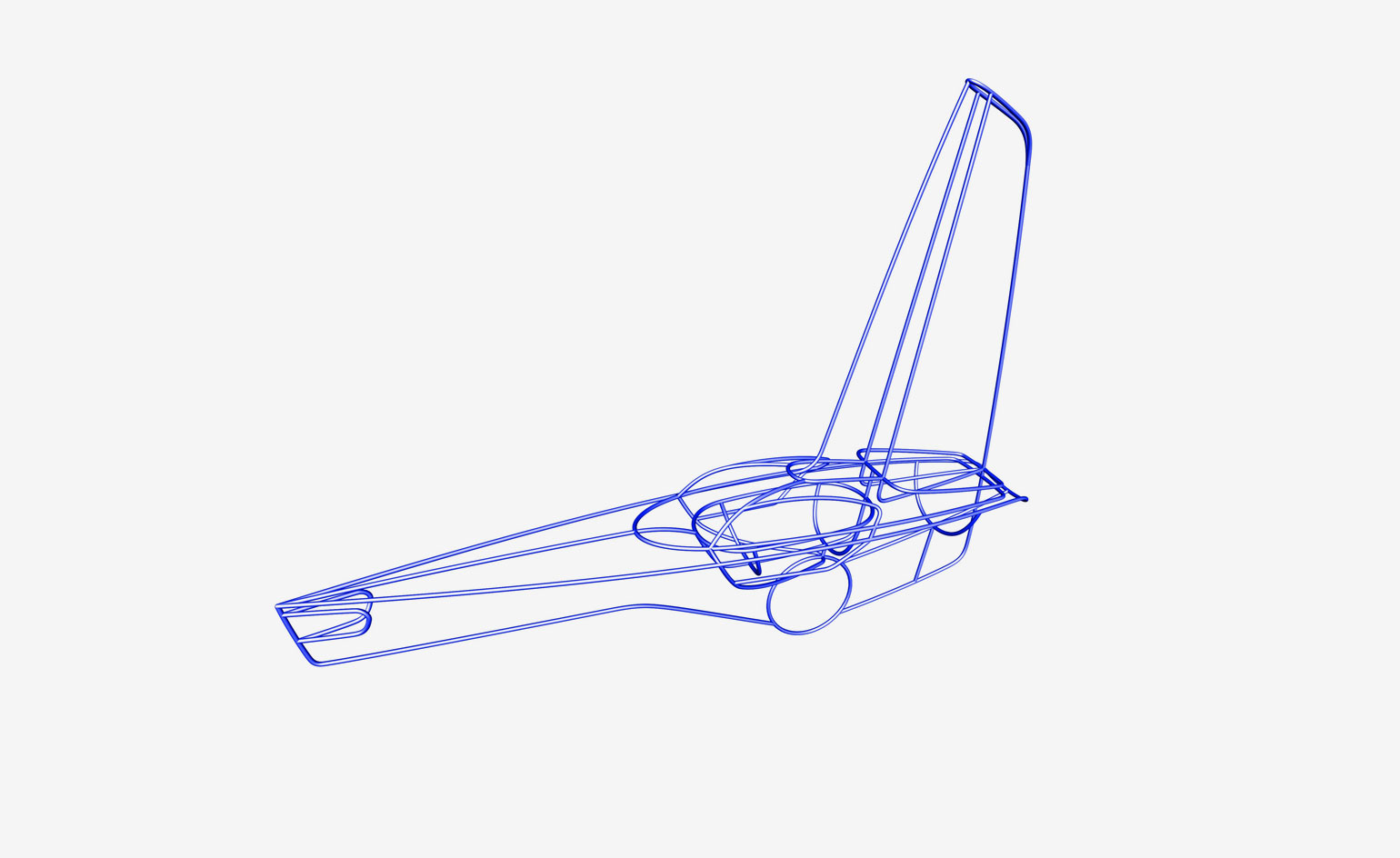
‘I have this preciseness in my study but I also try to create a lot of emotion with just a few lines,’ explains the Swiss Argentine designer

A cross-section with annotations that explain some of the features of the futuristic vehicle
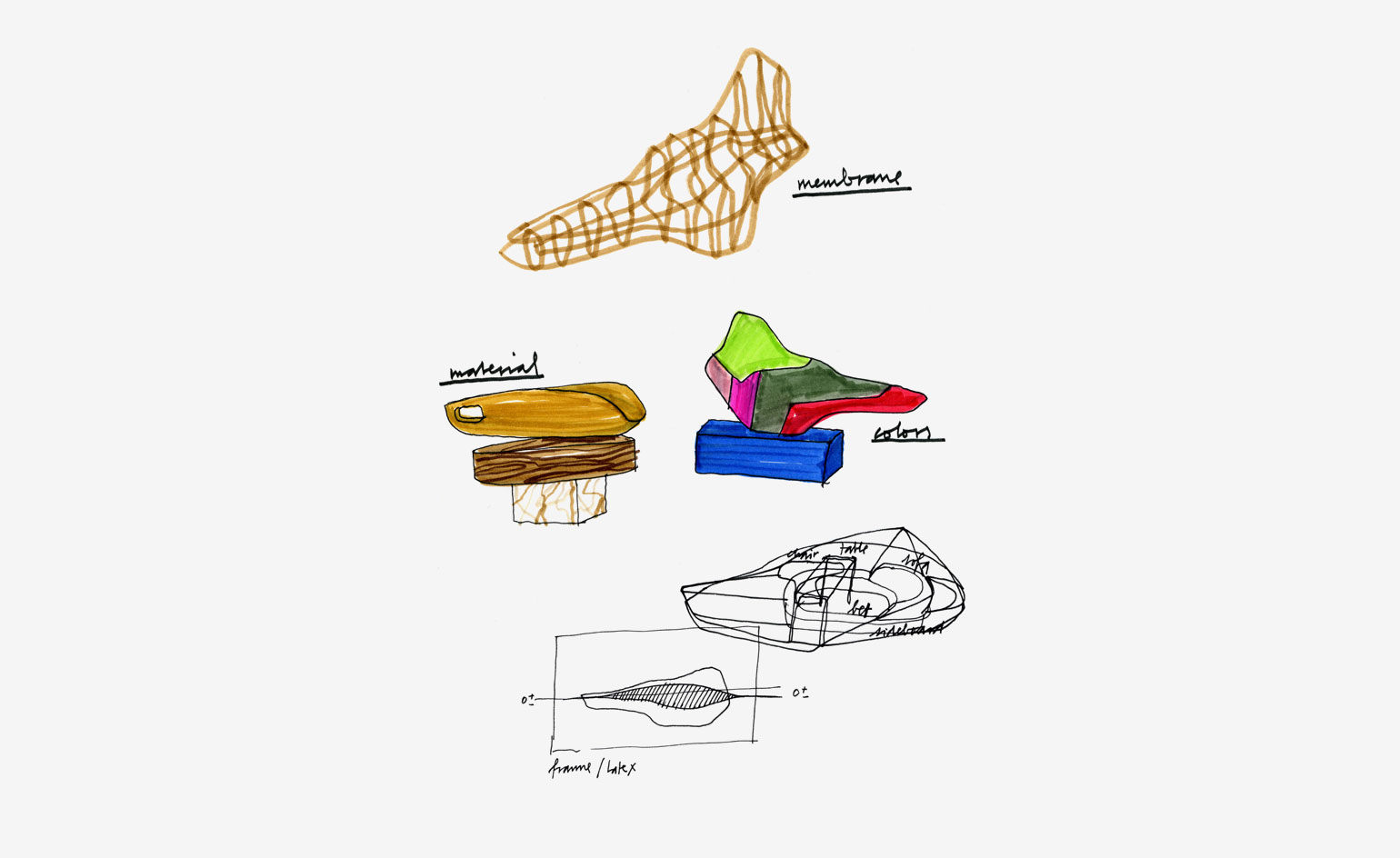
Häberli's extensive visual research comprises numerous illustrations of the vehicle and its elements, as well as sketches of some of his inspirations (pictured), all of which will be on display in Milan
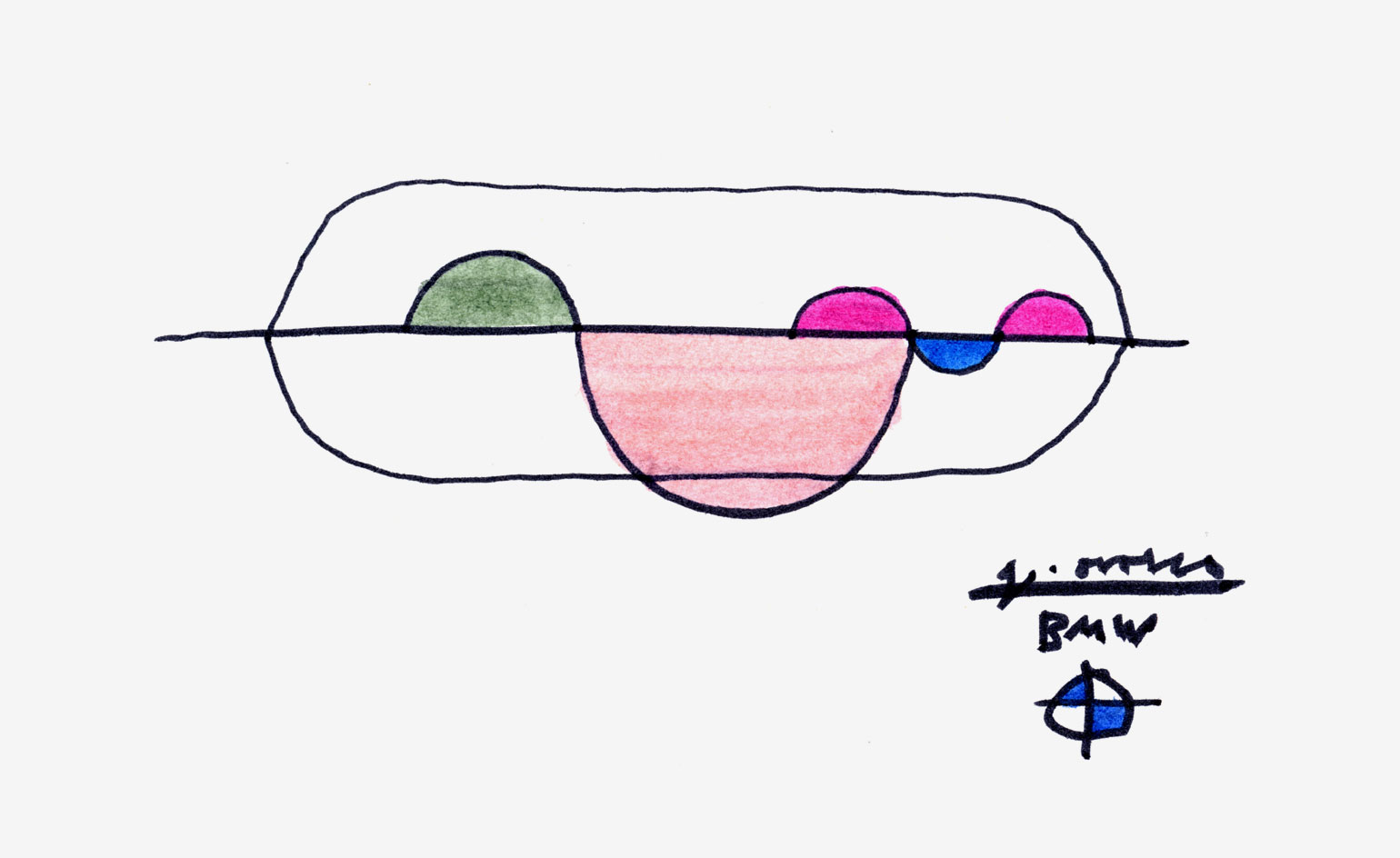
One of Häberli's abstract sketches for BMW
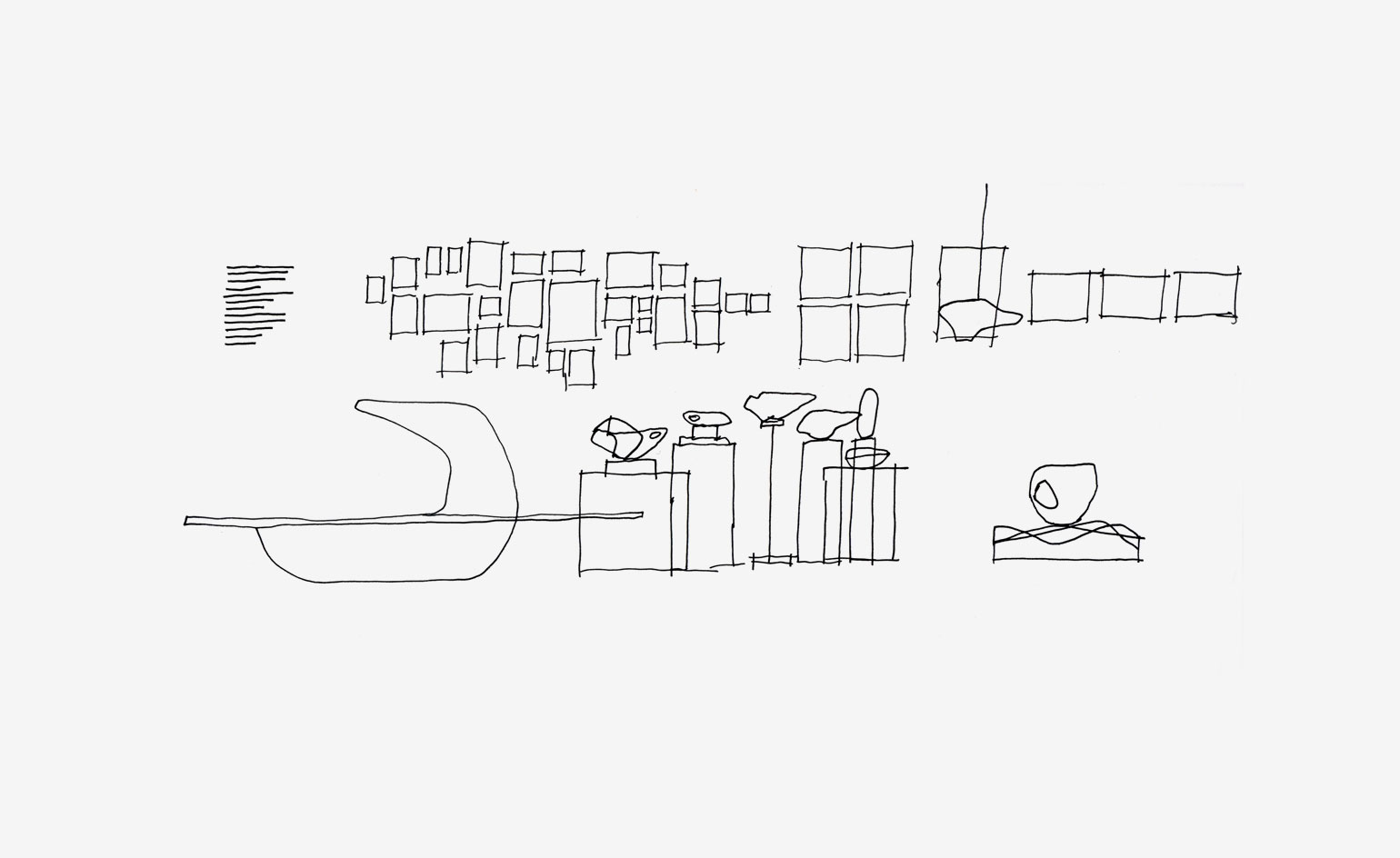
A sketch proposal for the exhibition layout, which will include artworks, images and three-dimensional objects

These rough sketches hint at what visitors can expect to see in Milan
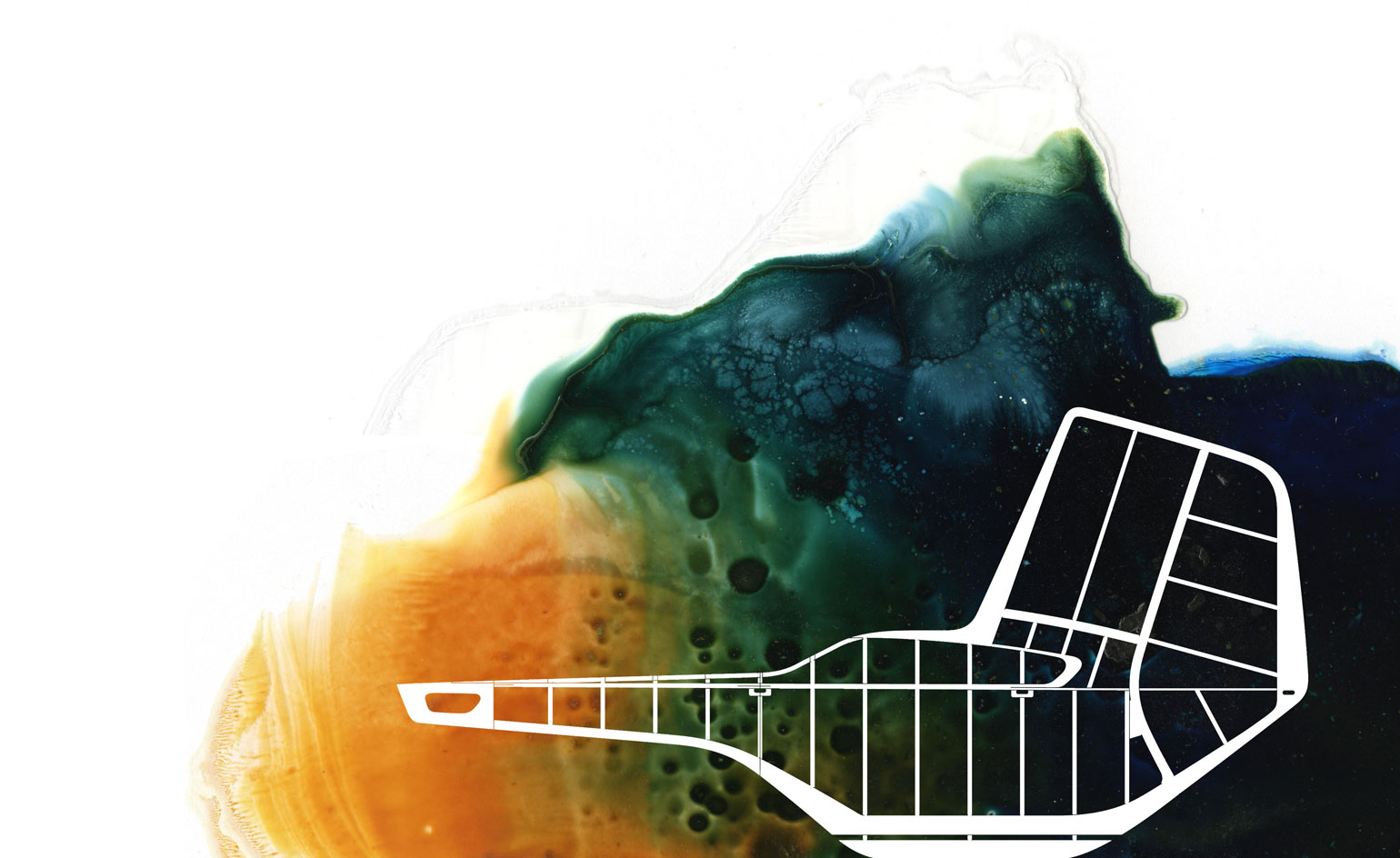
Häberli, who opened his studio 23 years ago, creates work characterised by sinuous lines, bold use of colour and a sense of irony
ADDRESS
Area Sciesa Tre
Via Amatore Sciesa, 3
20135 Milan
Italy
Receive our daily digest of inspiration, escapism and design stories from around the world direct to your inbox.
Rosa Bertoli was born in Udine, Italy, and now lives in London. Since 2014, she has been the Design Editor of Wallpaper*, where she oversees design content for the print and online editions, as well as special editorial projects. Through her role at Wallpaper*, she has written extensively about all areas of design. Rosa has been speaker and moderator for various design talks and conferences including London Craft Week, Maison & Objet, The Italian Cultural Institute (London), Clippings, Zaha Hadid Design, Kartell and Frieze Art Fair. Rosa has been on judging panels for the Chart Architecture Award, the Dutch Design Awards and the DesignGuild Marks. She has written for numerous English and Italian language publications, and worked as a content and communication consultant for fashion and design brands.
-
 Terrified to get inked? This inviting Brooklyn tattoo parlour is for people who are 'a little bit nervous'
Terrified to get inked? This inviting Brooklyn tattoo parlour is for people who are 'a little bit nervous'With minty-green walls and an option to 'call mom', Tiny Zaps' Williamsburg location was designed to tame jitters
-
 Let’s hear it for the Chopard L.U.C Grand Strike chiming watch
Let’s hear it for the Chopard L.U.C Grand Strike chiming watchThe Swiss watchmaker’s most complicated timepiece to date features an innovative approach to producing a crystal-clear sound
-
 Form... and flavour? The best design-led restaurant debuts of 2025
Form... and flavour? The best design-led restaurant debuts of 2025A Wallpaper* edit of the restaurant interiors that shaped how we ate, gathered and lingered this year